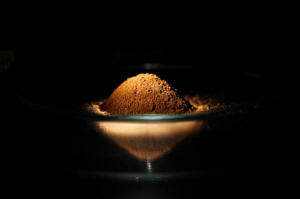|
The
scientists, from the University of Bergen in Norway, are sending
robots 2,500 meters (8,000 feet) down into the waters between
Norway and Greenland, to try to understand the environments
potentially rich with rare earth minerals.
"The ocean sea floor on Earth is, for the most part, unknown,"
scientist Thibaut Barreyre told Reuters.
"It's totally fair to say that we know much more about the
surface of the moon and Mars - mapped by satellites and
different devices - than we know about our own planet."
The international team is using technology including autonomous
robots and human-piloted submarines to explore the sea's dark
depths where zinc, gold and copper are also found.
The scientists hope the explorations will reveal why some areas
have minerals and others do not, how much is down there and what
damage mining them would have on the environment.
A viable new source of rare earths, a group of 17 elements used
in the production of smartphone screens, magnets, camera lenses
and X-ray machines could be highly lucrative. But it is not that
simple, Barreyre said.
"Some of them (waters) are rich in gold, copper, zinc and rare
earths. And others have almost none of those. And that's why
it's very important to us as scientists to understand it," he
said.
The team, which began exploring the area last year, will spend
the next five years searching.
(Editing by Patrick Johnston and Robin Pomeroy)
[© 2018 Thomson Reuters. All rights
reserved.] Copyright 2018 Reuters. All rights reserved. This material may not be published,
broadcast, rewritten or redistributed.
Thompson Reuters is solely responsible for this content.

|
|







